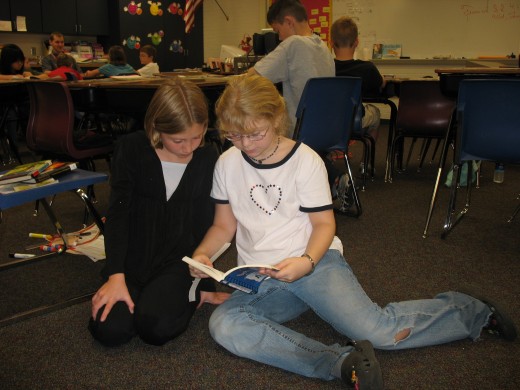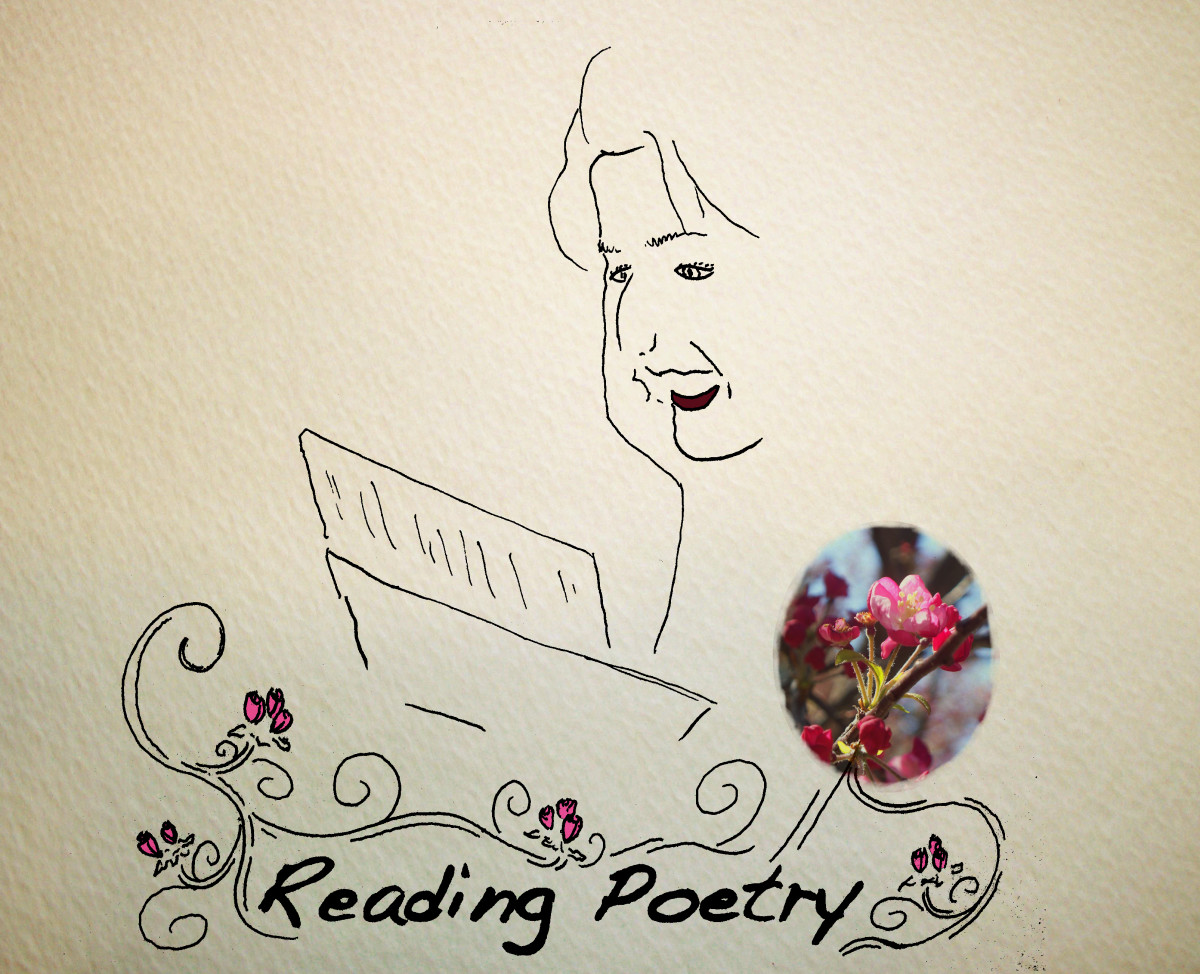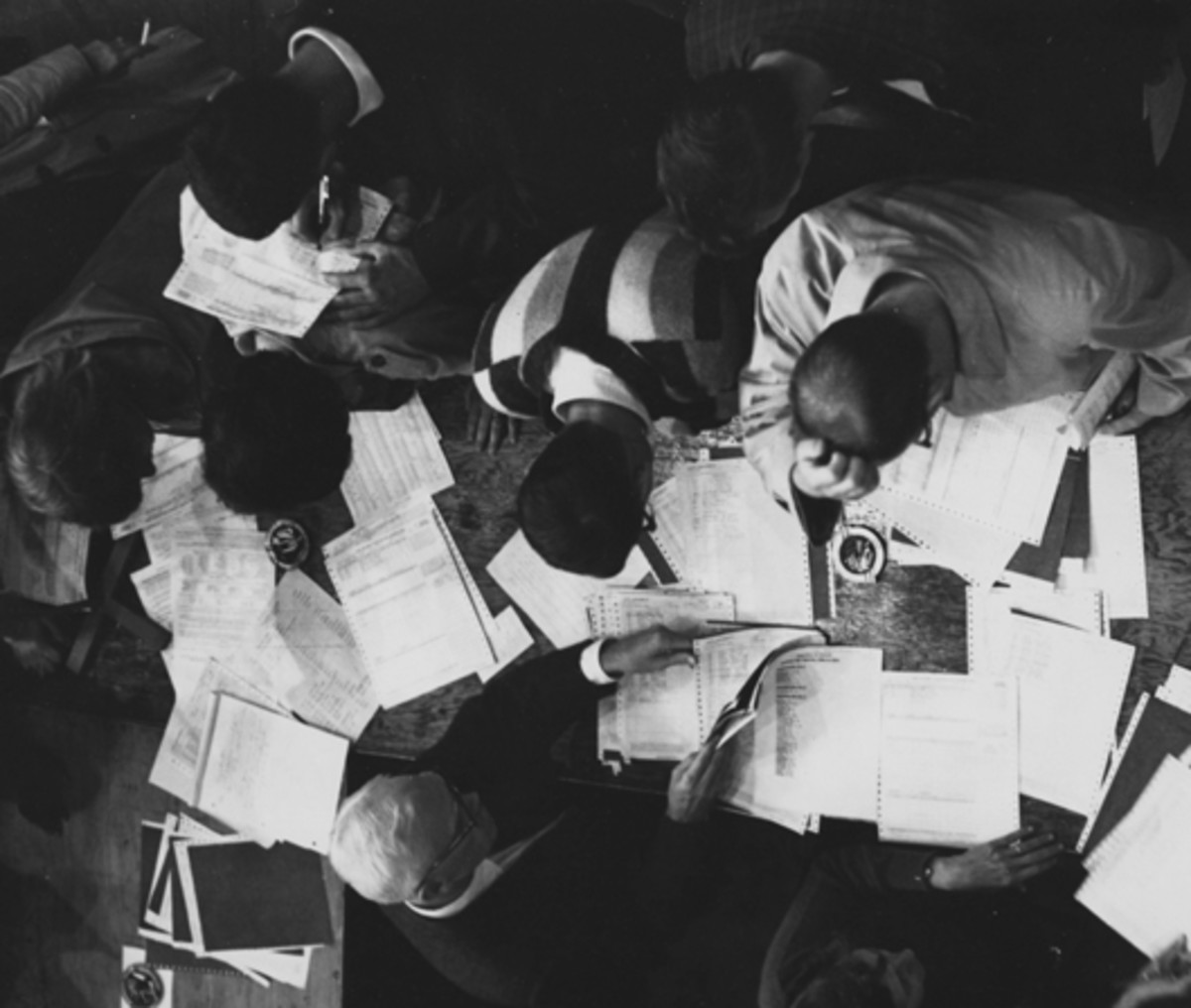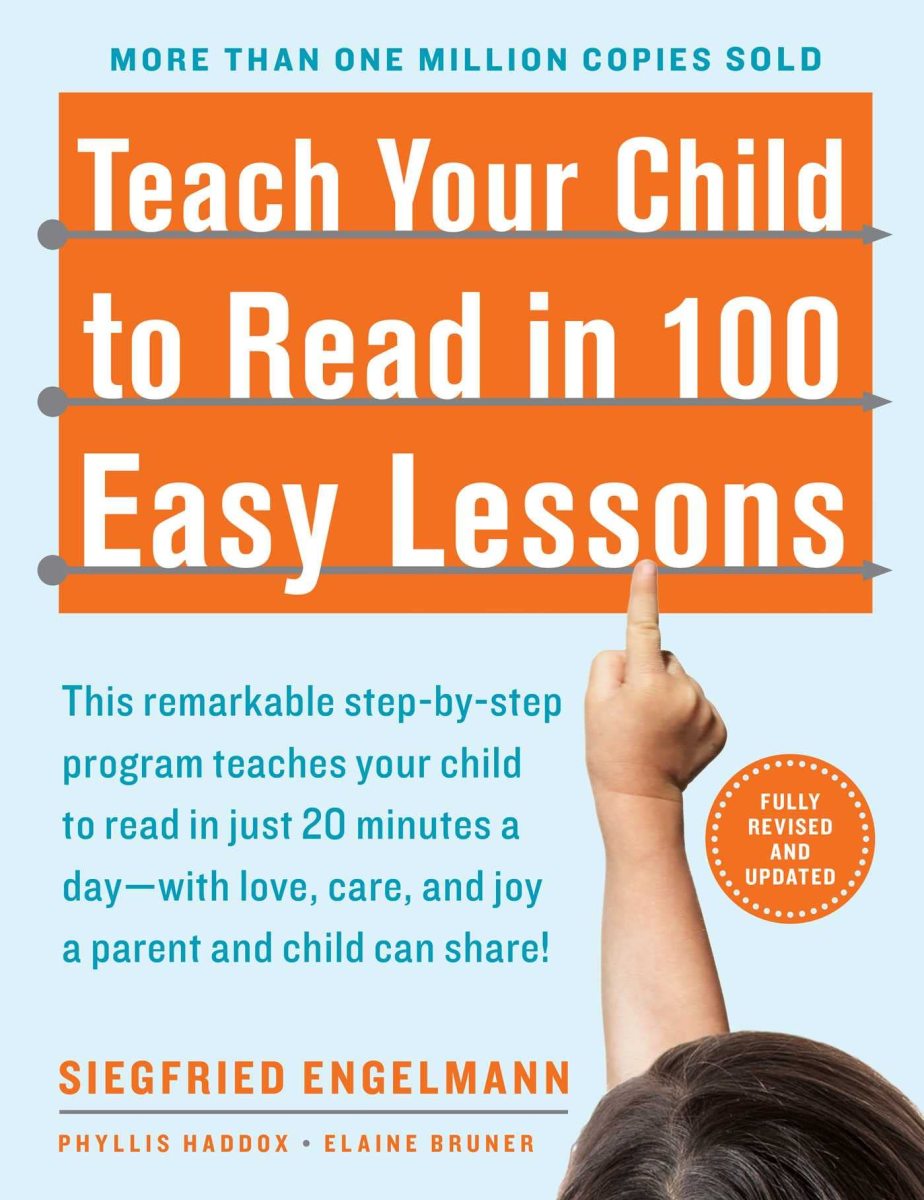Reading Fluency: Poetry for Multiple Voices

Reading Fluency and Reading Comprehension
Many elementary students are afraid to read aloud in front of their teachers, classmates, and even their family members. This poses a serious dilemma in that the practice of reading aloud builds reading fluency, which in turn, enhances reading comprehension-the ultimate goal of reading. When students understand what they’re reading, the potential for reading enjoyment is greatly enhanced. Granted, elementary students can read aloud to themselves when they are alone, however, if they struggle with reading, this is an unlikely scenario. Therefore, it’s extremely necessary for elementary teachers to provide collaborative read aloud experiences in their elementary classrooms for their students.
One of the best reading fluency strategies to implement in the elementary classroom is Poetry for Multiple Voices (Lowe, 2002). This strategy involves literacy collaboration among small groups of elementary students as they negotiate the language and performance of student-modified poetry.
Making Preparations
To prepare for teaching the strategy, the teacher acquires a collection of funny, silly, and easy to read poems. The following authors have a large selection of poetry to choose from: Alan Katz, Bruce Lansky, Jack Prelutsky, and Shel Silverstein. It’s best to select an anthology from one author at a time so students will be able to become accustomed to his style of writing and to learn more in depth knowledge about the author and his poetry before moving on to a different author or allowing student free-choice.
Once an anthology has been chosen, select the number of poems needed, i.e., one for each small group of students in the classroom, so that each group will have a different poem. Choose poems that will be the easiest for students to read and that are also the funniest or strangest. Don’t worry about how long they are. Type each poem using a large, easy to read font, double spaced text, and create separate pages for each copy of the poem, but making sure that each poem fits onto one page. After they have been typed, then modify the poems to make them as equal in length as possible. Each small group of students should receive a different, printed poem, but each student in the group should have his own copy.
Teacher Models for the Students
Begin on a Monday and tell students that this week they will work in small, collaborative groups to develop and create a poem using a literacy strategy called Poetry for Multiple Voices that will help them with reading faster, reading words more accurately, and in reading with more expression. Prepare a poem ahead of time using the directions for preparing poetry for multiple voices (see Appendix A), or use the example provided in Appendix B, and select a student from the class that you have already rehearsed with ahead of time, to read the poem with you in front of the class. Be sure it’s an exciting poem that will catch students’ interests. After reading, tell students that now it’s their turn to prepare their own Poetry for Multiple Voices to be read aloud by their group in front of the class at the end of the week.
Directions Explained
The teacher gives each student his own copy of the poem selected for his small group. Next, the teacher passes out printed directions to each student (see Appendix A), displays the directions on the classroom screen, and explains the directions in detail. Tell the students that they are free to revise the poem to suit how they think it should sound when they read it aloud. First, everyone reads it silently and then again chorally aloud in their group. Students should talk with each other about any changes that could be made; for example, remove words that seem awkward to say and phrases that might be unnecessary. After a student group has done the revisions, they read the revised poem again to see how it sounds with the new changes. Next, the students decide how to divide up the poem for speaking parts. The main rule is: everyone gets a part to read. Students might all read a line chorally together, two or three students reading the next line, one student reading the next, and then repeat the pattern, or whatever they want to do. Students label their names on their copies of the poems next to the lines that they will be reading aloud. Student groups rehearse reading the prepared poems several times in their groups in preparation of reading them aloud in front of the class. The teacher should circulate around small groups as they are working to lend help or reteach as needed.
Time to Perform
Students will need approximately a week or more, depending on time spent teaching the strategy and age level, in order to prepare adequately for reading their poetry in front of the class. The students should have their poems practically memorized. When it appears all groups are ready, the teacher asks for groups to come to the front of the classroom to read aloud their poetry. It’s important to remind students to raise the volume of their voices, have good eye contact with their audience, and to put a lot of emotion into their voices. Students are allowed to bring their poems with them to read from, but they must try to keep their eyes on the audience as much as possible. It’s necessary for the teacher to be very close to the readers just in case they need help with any words. Even though the students have been rehearsing all week, and might even have their poems memorized, some may become very nervous when reading in front of the class which can cause them to struggle.
Extending the Strategy
Once students have successfully completed the first round of Poetry for Multiple Voices, teachers can make arrangements for a similar experience, but this time, students will be allowed to select their own poems to begin with instead of the teacher choosing them. The school librarian could be asked to gather a selection of funny and silly poetry for the students to choose from prior to coming to the library. It’s important that the teacher help students in their selection process for the sake of guiding them to the poetry that would lend itself well to the strategy.
When students have made their selections, they should create a copy of the poem by either typing it using a computer word processing program, or by long hand. Whichever the case, each student will need his own copy, and then they can follow through with Student Directions for Poetry for Multiple Voices in preparing their poem for performance.
Literacy Benefits for Students
The strategy of Poetry for Multiple Voices helps students develop appropriate reading speed, word accuracy, and reading expression (altogether these make the components of reading fluency) within a social, collaborative learning group. Working through the strategy, students will gain an enhanced awareness of how language is developed and negotiated among groups of people for the sake of conveying meaning to a broader audience. Students will grow in their reading confidence, which is needed for reading success, as they perform their poems within the security of their small groups, for their classmates. Through the performance experience, students will also realize the joy of accomplishment that is associated with their own efforts towards reaching a goal, which can later be transferred into other academic endeavors.
References
Katz, A. (2001). Take me out of the bathtub and other silly dilly songs. New York: Margaret K. McElderry Books.
Lansky, B. (2013). A bad case of the giggles: Poems that will make you laugh out loud (Giggle Poetry). Minnetonka, MN: Meadowbrook.
Lowe, K. (2002). Read alouds-Poems for multiple voices. Australia: Department of Education, Science, and Training.
Prelutsky, J. (2008). Be glad your nose is on your face: And other poems: Some of the best of Jack Prelutsky. New York: Greenwillow Books.
Appendix A. Student Directions for Poetry for Multiple Voices
1. Read the poem silently and then chorally aloud together
2. Talk about and make changes together
3. Re Read the poem chorally aloud together again (repeat steps 1 and 2 as you make all changes)
4. Decide and label parts with student names
5. Rehearse
6. Read aloud in front of the class
Appendix B. Example Poem for Reading to Students and for Showing to Students
I’m Filthy, I’m Dirty by Alan Katz
Teacher………I’m filthy, I’m dirty
Student………Got mud on my shirty
Teacher………On a whim
Student……….I took a swim
Both…………………In a puddle with a birdie
Teacher……….I’m smelly, I’m dusty
Student……….From head to toe I’m musty
Teacher……….To be a slob’s
Student……….A full-time job
Both…………………I guess I look disgusty!
© 2016 Timothy G. Weih, Ph. D.
University of Northern Iowa, USA








